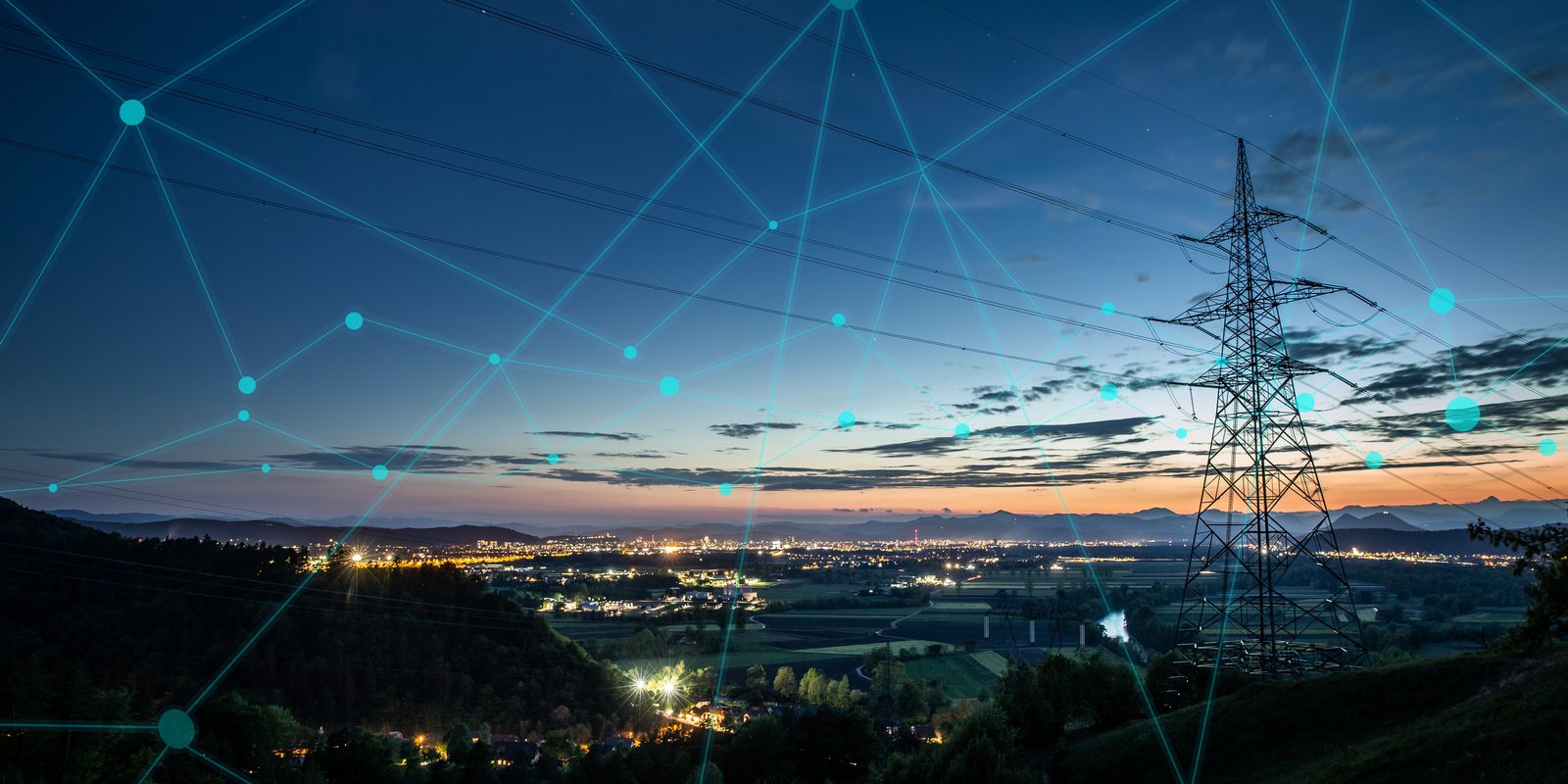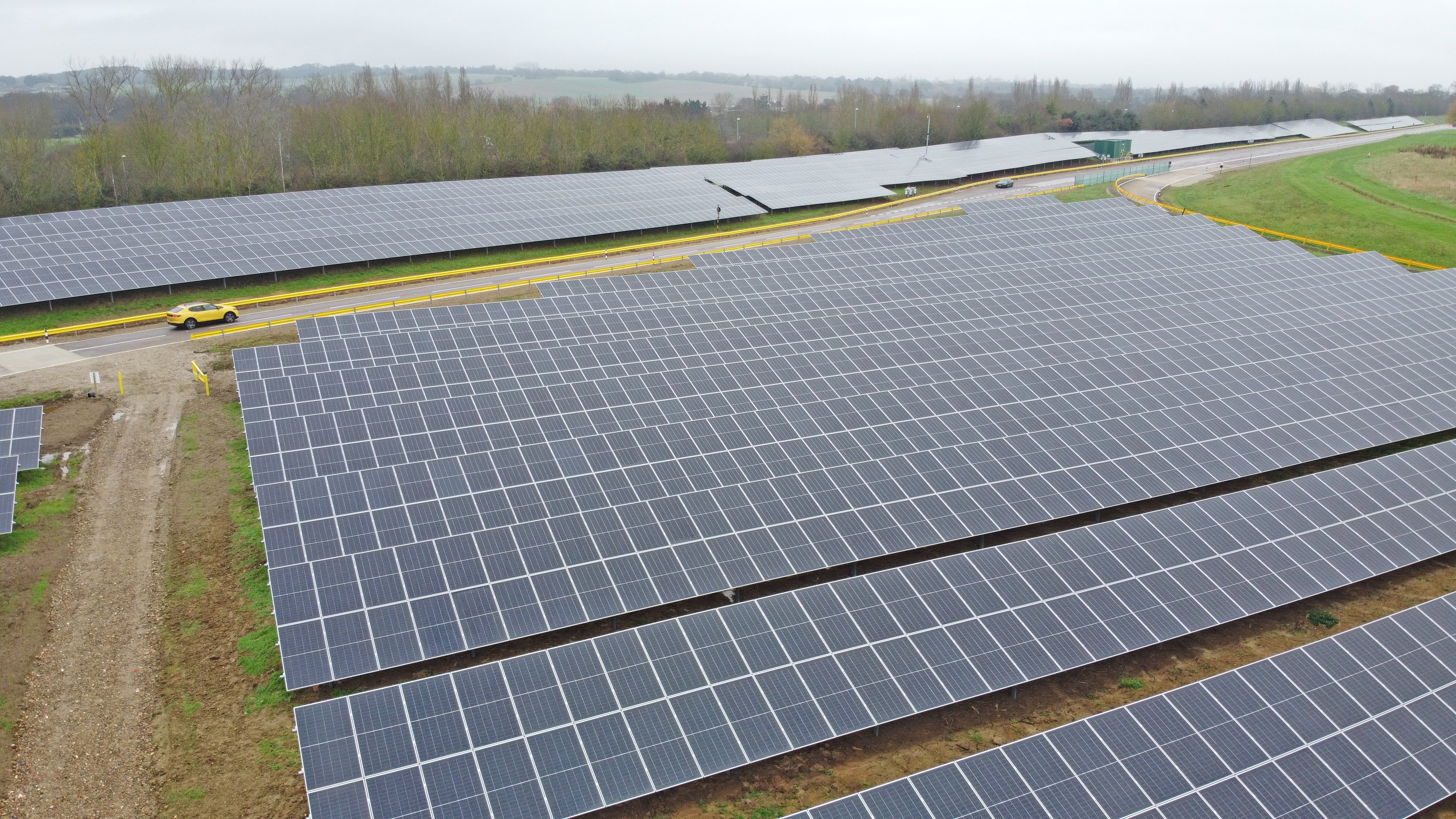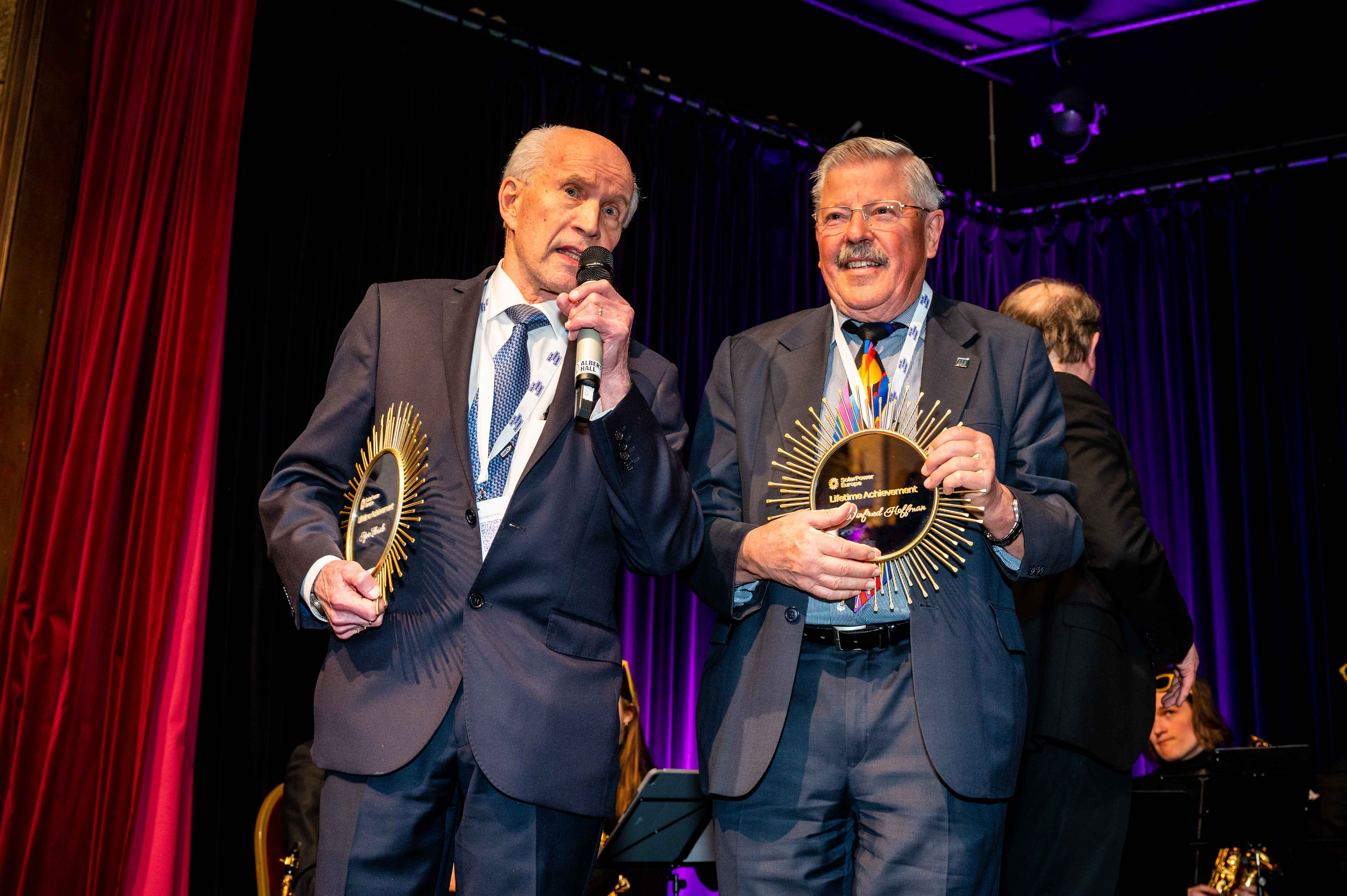Expensive electricity has kept both companies and consumers on their toes, especially after Russia started the war in Ukraine. Because of the consecutive increases in the price of electricity, companies are feverishly thinking about their electricity procurement solutions. The price risk is therefore tangible.
Another major risk is related to dependence on fossil energy sources. The war in Ukraine has led to a situation where the availability of energy in Europe has been compromised. Therefore, all over Europe, efforts are being made to get rid of fossil energy and increase energy self-sufficiency. The big question is; How to protect yourself from these risks?
The price of electricity has risen drastically and there is no change in sight
The price of electricity in Europe has risen exceptionally sharply. According to industry estimates, the price level may remain high for several years in the worst case.
In addition to the war in Ukraine, the dependency on Russian gas to operate electrical power plants, the damage to the Nord Stream pipelines, the problems with French nuclear power plants and most of all the future insecurity of the energy market. Companies have a lot to think about, how to limit the negative effects of the price of electricity in their business.
Kaj Kangasmäki, one of the founders of Solnet, offers a relatively easy and effective method that is within the reach of many companies: "Unfortunately, there are no good ways to protect the price of electricity as a whole, but with the help of solar power, a company can typically secure up to 45% of its electricity consumption with solar power. The price of solar power is currently - and according to forecasts quite far into the future - below the grid price. And what's best, solar electricity is not only an affordable but also a responsible solution because it is clean, green and self-sufficient," Kangasmäki advises.
Solar electricity has become the cheapest and at the same time the cleanest way to generate electricity
The cost of photovoltaic systems has decreased by about 90% in the last ten years. This has gradually made solar electricity the cheapest and cleanest way to generate electricity.
This has led to the fact that the business case for solar electricity produced on-site at the property has improved across the board. While a payback period of about 10 years was previously calculated for a solar electricity investment, the payback times have been shortened substantially at the current price of grid electricity.
“The business case will of course improve as the price of grid power increases. At the same time, although the price level of the components of PV systems has risen, the profitability of the investment has nevertheless improved. Among our customers, we have come across examples where the payback period on investments was shortened by several years," assures Kangasmäki.
Now it may make sense to invest in solar electricity beyond your own needs
Although in the case of solar electricity, the aim is to optimize investments based on own electricity consumption, at current electricity prices, producing solar electricity in excess of own needs can be a very reasonable solution. The surplus produced is sold to the electricity grid at the SPOT price. And since the SPOT price of electricity has risen exceptionally high, it has recently been possible to get a pretty hefty fee from the electricity company for selling the surplus.
Kangasmäki nods and confirms the statement: "Traditionally, the investment is sized with own use in mind, but now that the prices of electricity sold outside are skyrocketing, the optimal solution may be to fill the roof with panels. Of course, it depends on the goals of the customer company, which is the optimal dimension at any given time: does the customer want to maximize profit, achieve certain emission targets or something else."
Energy self-sufficiency is a long-term sustainable solution
Almost 60% of the energy used in Europe is imported from outside Europe. Such a heavy reliance on imported energy creates significant risk factors, which now arise with the war that Russia started in Ukraine. In addition to reducing the environmental effects, European countries have now defined a new goal in just a few months; break free from dependence on Russia and increase energy self-sufficiency.
There are no easy quick fixes for replacing imported energy. In the long term, the only sustainable solution to replace imported energy is to electrify transport, heating and industry combined with a radical increase in renewable energy production. The United States broke its energy dependence on imported energy in a decade. Europe should now do the same, but much faster, and at the same time in a greener way. Solar electricity is in many ways the ideal answer to multiple challenges.
Solnet helps in achieving goals and benefits
Solnet works purposefully to both reduce emissions and increase self-sufficiency in Europe. The change is accelerated by offering companies cost savings and by making the transition to renewable energy as easy as possible.
Kangasmäki lists examples: "So far, we have delivered more than 400 solar power plants to major customers such as IKEA, DHL and Lidl as well as to several large fund managers, insurance companies, logistics companies and smaller industrial, trade and service companies. In Germany, we are just finishing a project where we installed a 4 MWp solar power plant on the roof of a company's property. Europe's transition towards the use of solar energy and the abandonment of fossil energy sources is therefore well underway."



